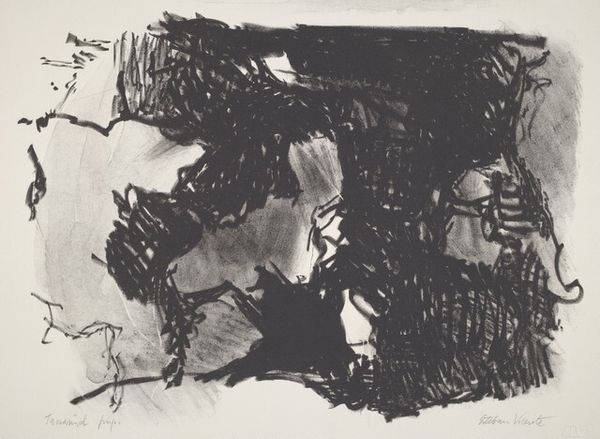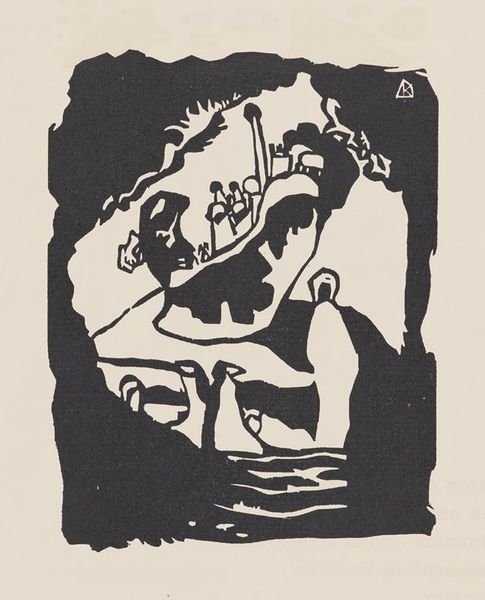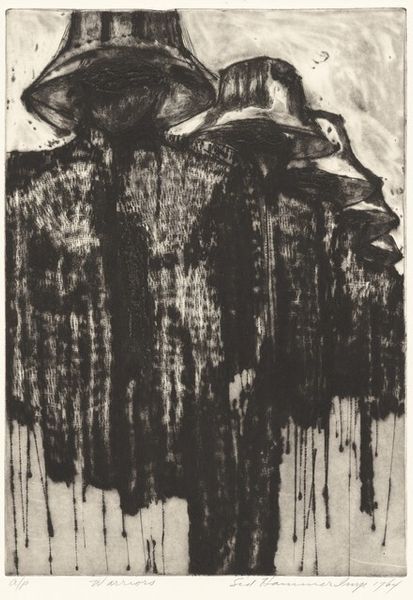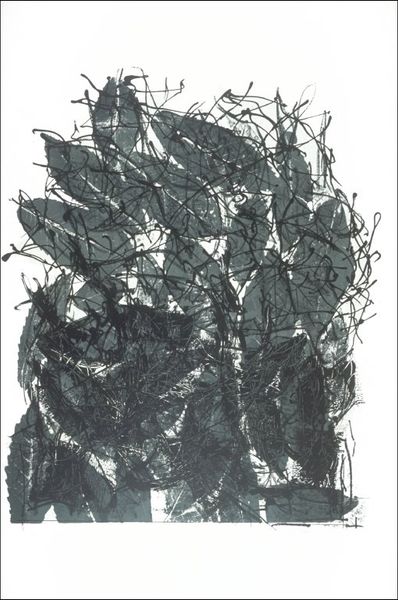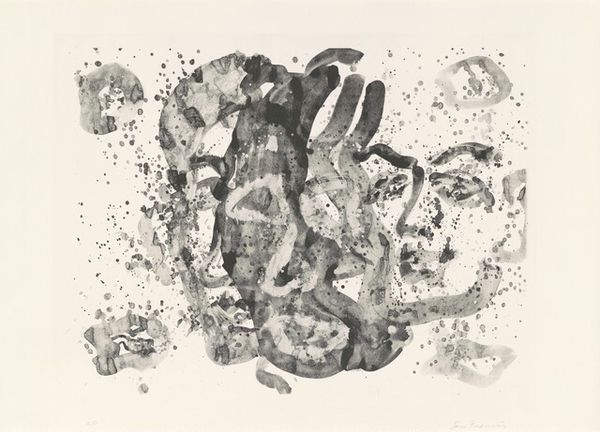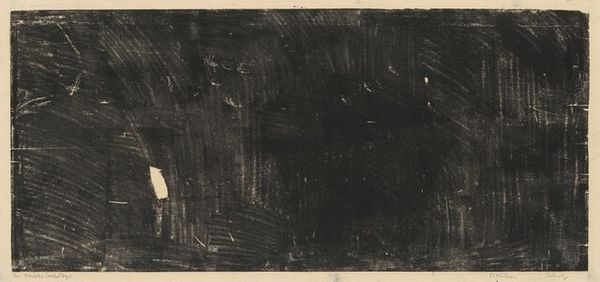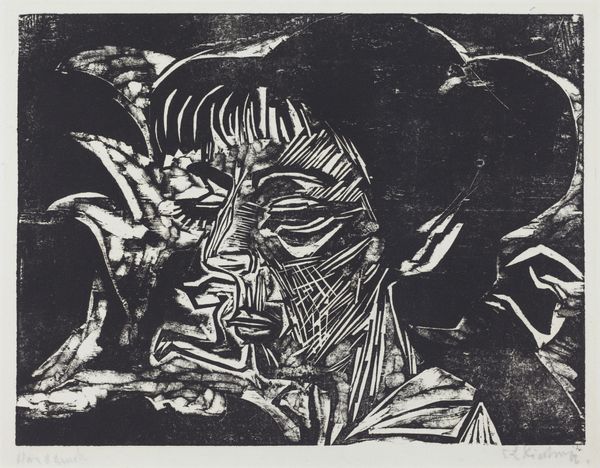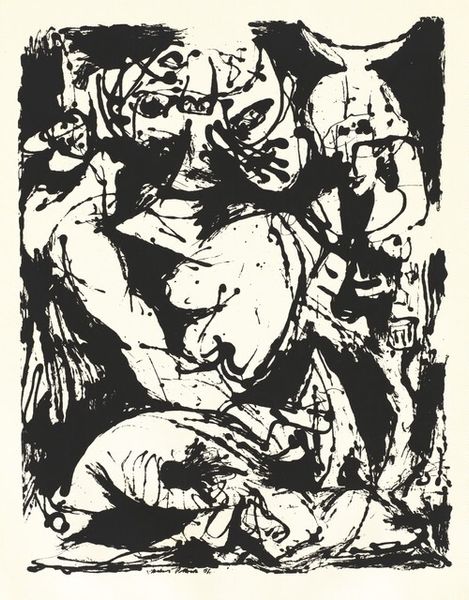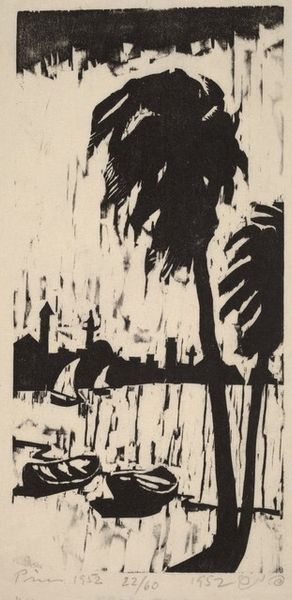
print, ink, woodcut
#
portrait
#
ink drawing
# print
#
german-expressionism
#
figuration
#
ink
#
expressionism
#
woodcut
#
monochrome
Copyright: National Gallery of Art: CC0 1.0
Editor: Here we have Emil Nolde’s "Young Woman I," created in 1912, using woodcut techniques with ink. I find the stark contrast really striking, almost brutal in its simplicity. What’s your interpretation? Curator: It's the deliberate act of carving, the physical removal of material that interests me. Consider the labour involved in producing these rough-hewn blocks. It speaks of a specific interaction between artist and medium, almost a primal struggle. This isn't about illusion; it’s about the directness of the cut. How do you think the mass production and distribution of prints like these affect our understanding of the artist's hand? Editor: That’s a really good point. Because it’s a print, it's inherently reproducible, and therefore maybe more accessible than, say, a painting. But does that change its value, the labor put into its creation? Curator: Precisely. Expressionism, at this time, was wrestling with modernity. It both critiqued and embraced the potential of mass production. The rawness of the woodcut becomes a kind of rebellion against industrial polish, yet it utilizes industrial techniques of reproduction and the art market for exposure. Consider the context. What tensions did workers face in German society during this period? Nolde, coming from a working background, was likely commenting on those themes through this deliberate stylistic decision. Editor: So, by using such a rough, almost aggressive technique, Nolde highlights the human element amidst growing industrialization? Curator: Exactly! The tension between hand-crafted work and machine production, all manifested in the image and its potential for mass consumption. What began as critique entered commodity status and created social awareness through material expression. Editor: That gives me a totally different perspective on how I view the piece now. Curator: Indeed, the materiality speaks volumes about the culture from which it came, and its destiny to become more widely available reshapes notions about art and labor practices in ways worth pondering.
Comments
No comments
Be the first to comment and join the conversation on the ultimate creative platform.
